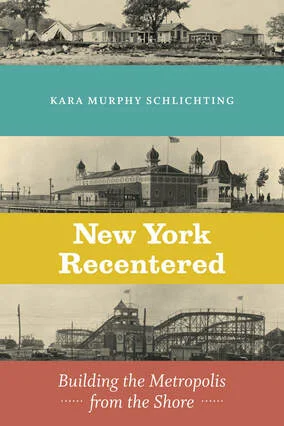New York Recentered: Building the Metropolis from the Shore
By Kara Murphy Schlichting
In 1865 New York City park commissioner Andrew Haswell Green came to the conclusion that the city had outgrown Manhattan Island. In a report for the Board of Commissioners of Central Park, Green argued that the city’s future should include its mainland environs of Westchester County north of the Harlem River. He articulated a river-spanning future for New York. Green reasoned that lower Westchester was “so intimately connected with and dependent upon the City of New York, that unity of plan for improvements on both sides” of the Harlem was “essential.”
Reprinted with permission from New York Recentered: Building the Metropolis from the Shore, by Kara Murphy Schlichting, published by the University of Chicago Press. © 2019 by the University of Chicago Press. All rights reserved.
Read More









